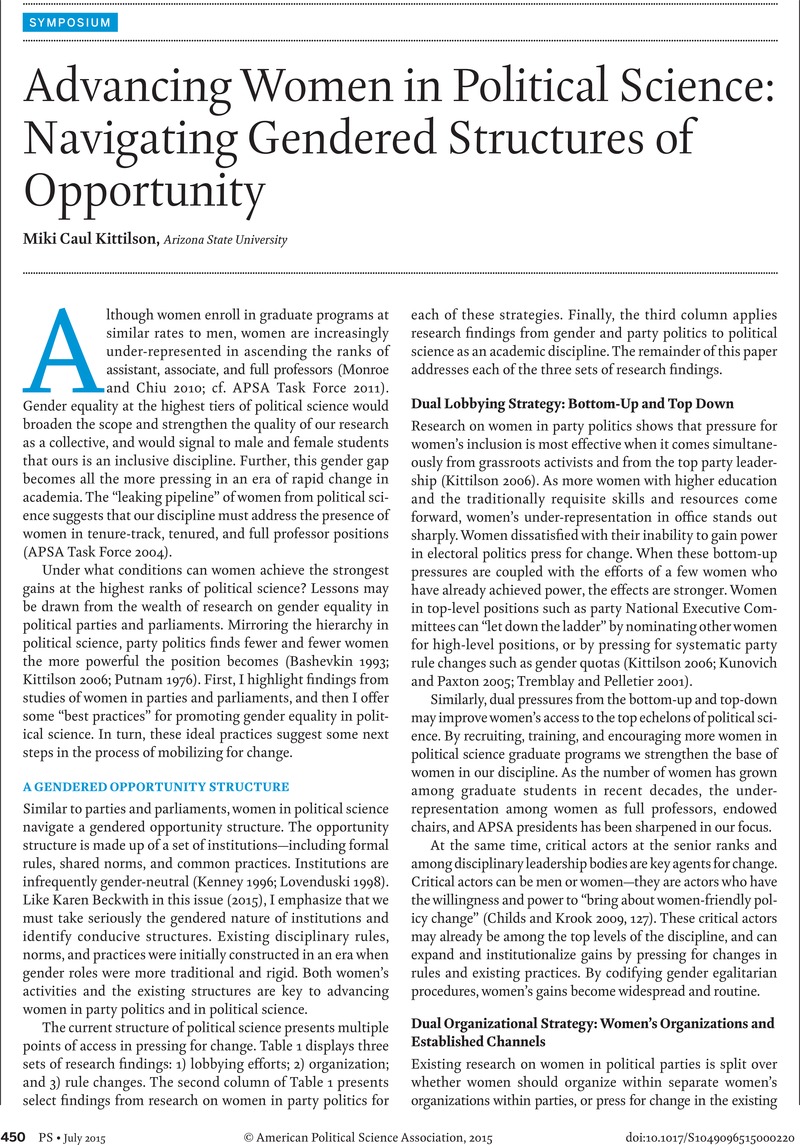Crossref Citations
This article has been cited by the following publications. This list is generated based on data provided by Crossref.
Sterett, Susan M.
2017.
Law's Presence, Law's Absence: Reporting Sexual Harassment and Other Exclusions in the Academy.
SSRN Electronic Journal,



